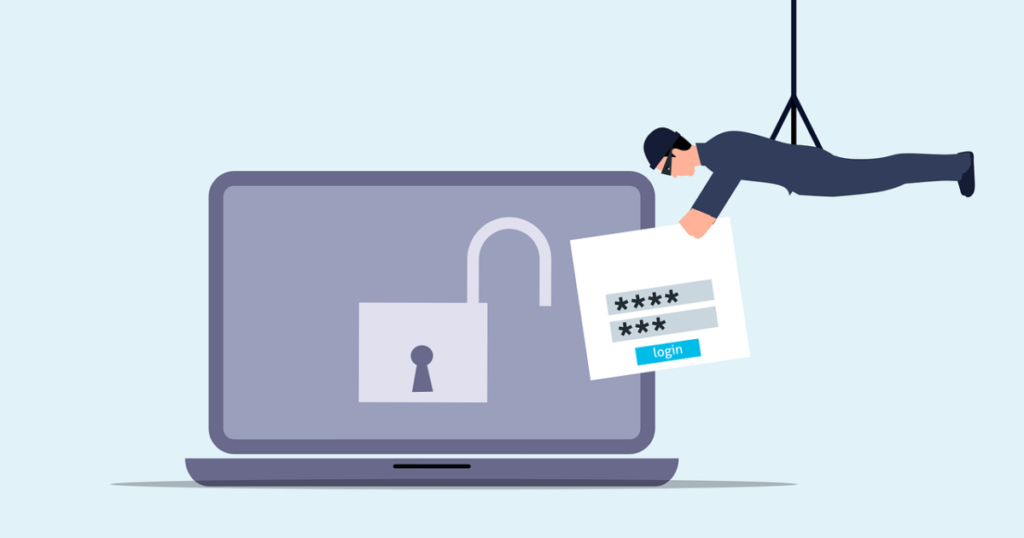In the bustling digital landscape, websites are the storefronts of the modern world, and WordPress stands as one of the most popular platforms for building these digital facades. However, as with any widely-used system, it becomes a prime target for cyber attacks. The security of WordPress plugins, integral to enhancing site functionality, is paramount. This article delves into the intricacies of securing your WordPress plugins, providing a thorough exploration of strategies to safeguard against malicious threats.
Understanding the Vulnerability Landscape
WordPress plugins, while incredibly useful, can also introduce significant vulnerabilities. These plugins, often developed by third-party creators, may not always adhere to the strictest security protocols. As a result, they can become gateways for hackers to exploit. According to recent studies, over 90% of all WordPress vulnerabilities are related to plugins, underscoring the critical need for vigilant plugin management.
The primary vulnerability comes from outdated plugins. When developers release updates, they often include patches for security vulnerabilities that have been discovered. Failing to update plugins promptly can leave your site exposed to known threats. Additionally, poorly coded plugins can contain exploitable flaws right from their inception. Therefore, it is essential to only use plugins from reputable sources and to regularly audit and update them.
Implementing Robust Security Measures
To mitigate the risks associated with WordPress plugins, implementing robust security measures is crucial. One effective strategy is to use a security plugin that offers comprehensive protection features. These security plugins can scan for vulnerabilities, block malicious traffic, and provide firewall protection. They can also alert you to outdated plugins and enforce strong password policies, adding multiple layers of defense.
Another essential measure is to conduct regular backups. In the unfortunate event that a security breach occurs, having recent backups ensures that you can quickly restore your site to a pre-attack state. Automated backup solutions can simplify this process, ensuring that your site data is consistently safeguarded without manual intervention. Additionally, employing two-factor authentication (2FA) adds an extra layer of security, making it significantly harder for attackers to gain unauthorized access to your site.

Best Practices for Ongoing Security
Maintaining a secure WordPress site is an ongoing process that requires diligence and proactive management. Regularly reviewing and removing unused plugins can minimize potential entry points for attackers. Each plugin adds to the potential attack surface, so keeping your plugin roster lean can enhance security. Additionally, setting up alerts for new vulnerabilities can help you stay informed and take prompt action when necessary.
Engaging with the WordPress community can also be beneficial. Many plugin vulnerabilities are discovered and shared by other users and developers. By participating in forums and staying updated with the latest security news, you can gain valuable insights and early warnings about potential threats. Finally, consider conducting periodic security audits with professional services. These audits can identify hidden vulnerabilities and provide tailored recommendations to bolster your site’s defenses.
In conclusion, securing your WordPress plugins is a multifaceted endeavor that requires continuous attention and action. By understanding the vulnerabilities, implementing robust security measures, and adhering to best practices, you can significantly reduce the risk of cyber attacks. As the digital landscape continues to evolve, staying vigilant and proactive in your security efforts will ensure that your WordPress site remains a safe and trusted online presence.

